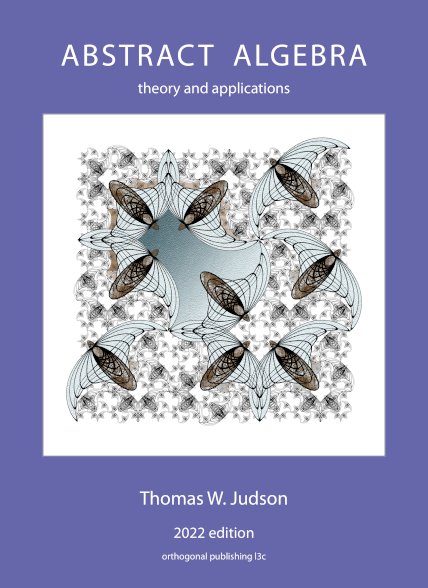Section 11.1 Group Homomorphisms
Two groups are related in the strongest possible way if they are isomorphic; however, a weaker relationship may exist between two groups. For example, the symmetric group
We use homomorphisms to study relationships such as the one we have just described.
Example 11.2.
Example 11.3.
The following proposition lists some basic properties of group homomorphisms.
Proposition 11.4.
Proof.
(1) Suppose that
By cancellation,
(2) This statement follows from the fact that
(3) The set
(4) Let
since
Let
Theorem 11.5.
Example 11.6.
Let us examine the homomorphism
Example 11.7.
Example 11.8.
Suppose that we wish to determine all possible homomorphisms
Example 11.9.
Let

